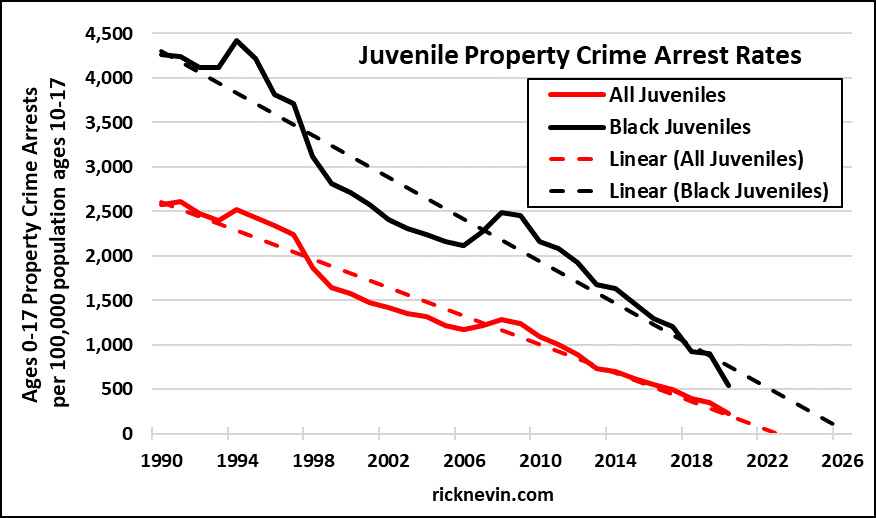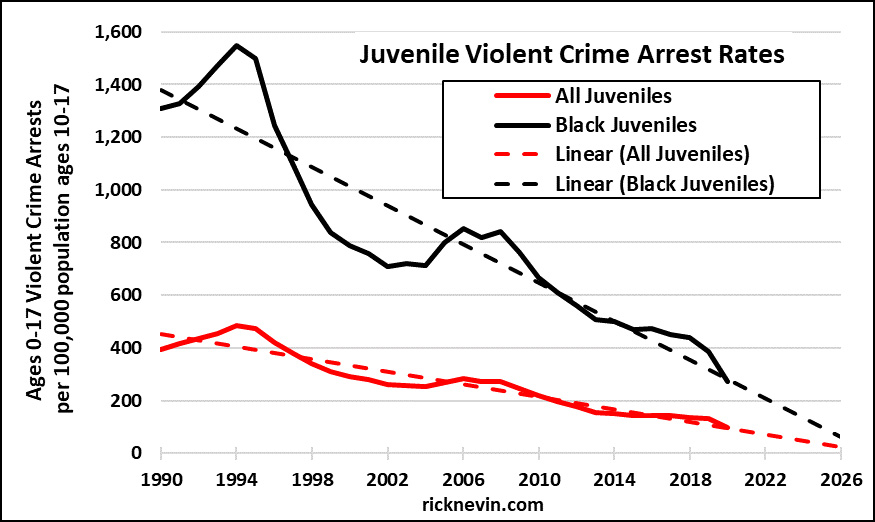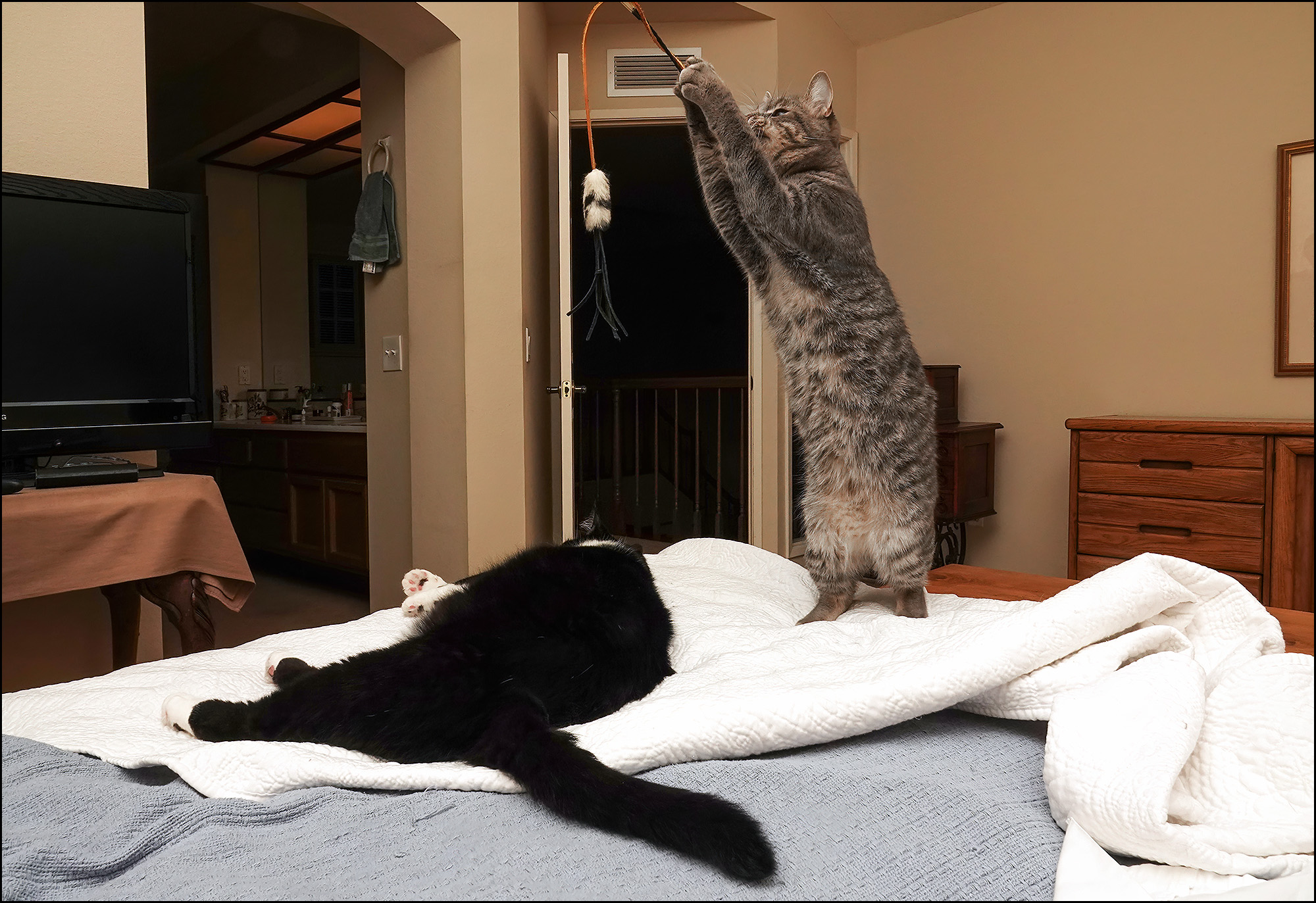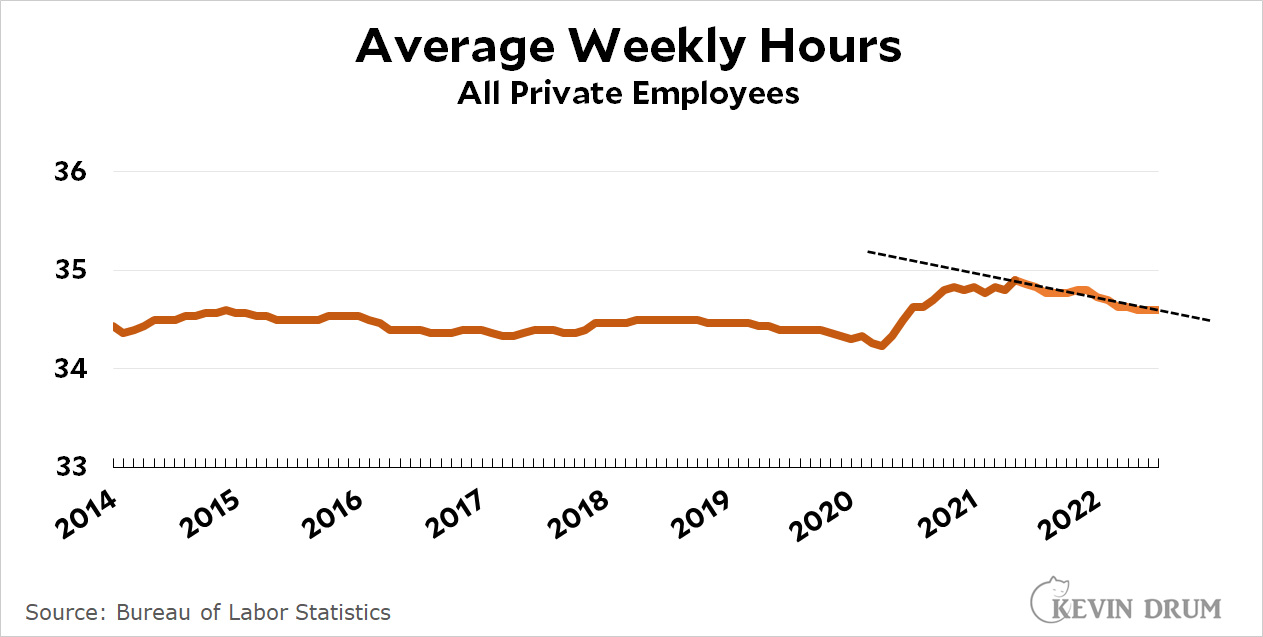A recently published research paper has been making the rounds that purports to measure the ideological slant of the Big Three cable news channels. The methodology is to (a) identify all guests who have at least ten hours of screen time over the past decade, (b) add up the amount of time they appear each day, and (c) assign them an ideology score based on how much they contributed to either Democratic or Republican candidates.
I have some issues with this, but let's put that aside. Here are the basic results:
 I have helpfully added the dashed red line to indicate the zero level, at which the roster of guests is neutral, and then I've even more helpfully added a red dot for the year 2018 on MSNBC. Other years might have done as well, but 2018 is fine for illustrating my big problem with this paper.
I have helpfully added the dashed red line to indicate the zero level, at which the roster of guests is neutral, and then I've even more helpfully added a red dot for the year 2018 on MSNBC. Other years might have done as well, but 2018 is fine for illustrating my big problem with this paper.
As you can see, the researchers claim that MSNBC had a net conservative guest roster in every single time slot during 2018. That eventually turned around, and by 2021 the roster was enormously liberal.
This doesn't pass the finger test. Does anyone believe that right smack in the middle of Donald Trump's first term, MSNBC was essentially a center-right station? Or that in prime time, with every host blathering nonstop about Mueller and Russia, it was dead center? Help me out here. Does this make any sense at all?
UPDATE: In fairness, I should say that I had a Twitter conversation with one of the authors (Josh McCrain), and he insisted that I gotten the paper wrong. He says the only thing they measure is guest ideology, not the overall slant of the channel or program.
That's true as far as it goes, and they're very clear about exactly what they measured—and I made a few modest changes in the post to make that more explicit. The problem is that the paper mentions "media bias" over and over. For example: "We believe that this measure [i.e., guest ideology] offers a highly scalable method for estimating bias in television outlets and programs."
I don't buy this. It's trivially true that liberal programs tend to have liberal guests and conservative programs tend to have conservative guests, although the authors do almost nothing to demonstrate this empirically. More to the point, though, is whether smallish changes in the lineup of guests indicates whether the overall bias of a program is becoming more liberal or conservative.
This is where things get weird. McCrain apparently agrees that guest ideology is only a small part of overall bias because it doesn't account for the ideology of the host. However, that's not mentioned in the paper itself. Via Twitter, he asserts that overall bias is roughly the sum of host ideology and guest ideology but provides no empirical evidence for this.¹ My guess is that guest ideology is a very small part of overall bias, and therefore modest changes in guest ideology probably have very little effect on overall bias. More likely, it represents what kind of stuff is in the news at any given moment and who's president at the time. It's hard to think of anything internal to a show that would change so synchronously on all three channels. It almost has to be something external.
That's my take, anyway, and it might be wrong. Regardless, this is the question at hand and the paper does almost nothing to address it. It merely measures guest ideology using a dicey (in my opinion) methodology and then tosses up a chart. It tell us nothing empirically about the overall slant of either channels or individual shows.
¹Sorry, no links for this or anything else. Apparently McCrain deleted most of his side of our Twitter conversation. But maybe I'm not looking right.






